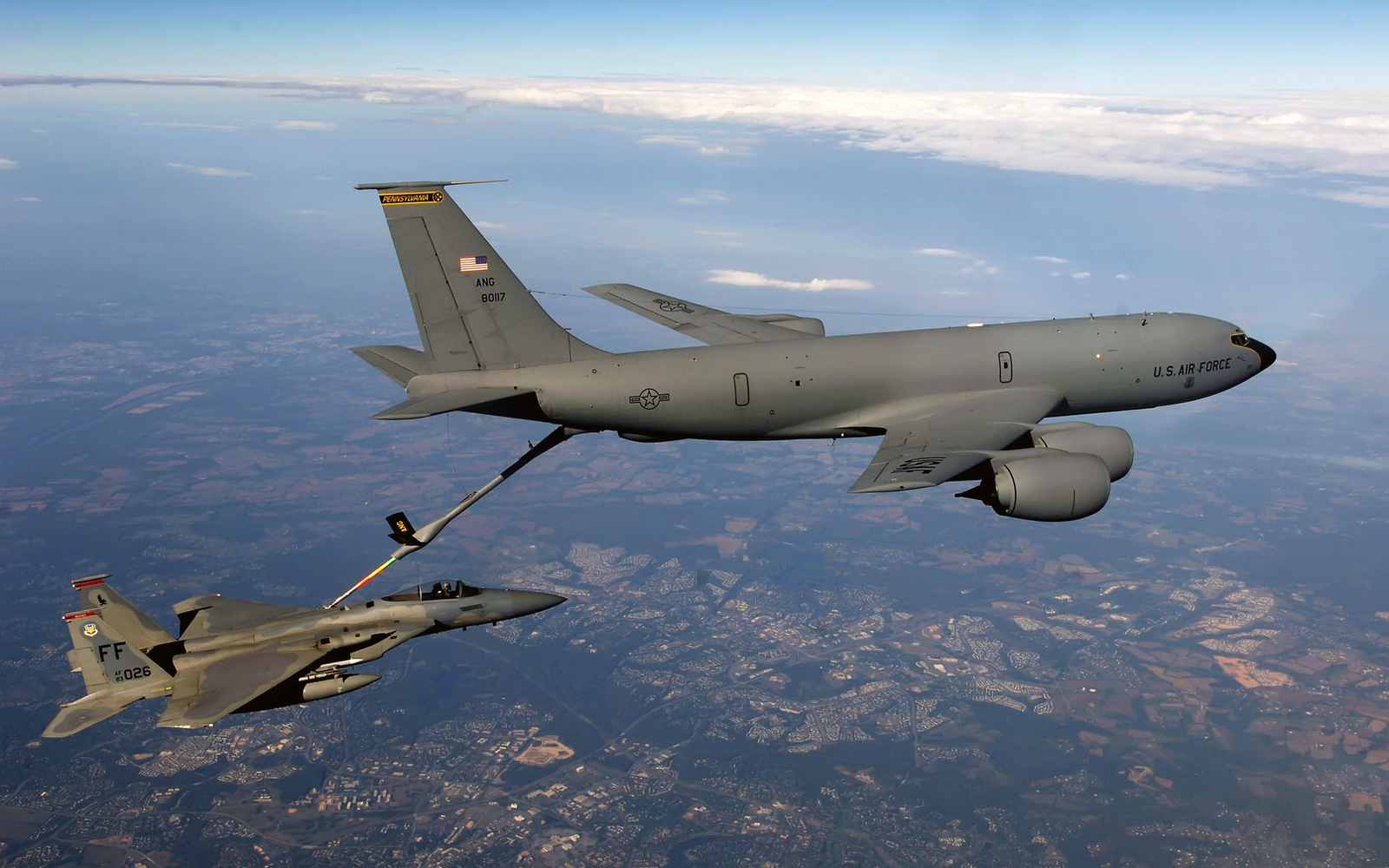
Military aviation has not only altered the conduct of war—it has redefined power on the world stage, shaped generations of Americans, and stretched the limits of science and technology. From the suspenseful days of the Cold War to the advanced planes in the skies today, the history of air power is one of persistent innovation, courageous airmen, and the incessant demand to remain superior.

The Cold War: A Contest for Speed and Supremacy
Following World War II, the world’s powers began a different type of war—one in which speed and height were as valuable as firepower. The United States and the Soviet Union spent lavishly to create faster, higher-flying, and more technological airframes. For the Smithsonian National Air and Space Museum, Cold War strategy was rooted in speed, which motivated the development of supersonic aircraft and intercontinental ballistic missiles capable of launching nuclear warheads across continents in a matter of minutes.

Test pilots were made into celebrities when they established speed records and pushed the boundaries of the atmosphere. Chuck Yeager’s supersonic flight in the Bell X-1 in 1947 was only the start. The X-15 project, for instance, took pilots to the very periphery of space at speeds in excess of Mach 6, allowing hypersonic flight to become a reality.

Iconic Aircraft and Breakthroughs
The Cold War period saw the creation of some of the most iconic aircraft of all time. The North American F-100 Super Sabre was the first jet to break the speed of sound in level flight, and the Lockheed SR-71 Blackbird is still the fastest flying piloted jet ever constructed, cruising at Mach 3 and flying at over 85,000 feet. The missions of the Blackbird were so high and swift that pilots needed to wear full-pressure suits merely to stay alive.

But speed wasn’t everything. With the Vietnam War came maneuverability and versatility. The F-16 Fighting Falcon, for instance, had strength and light weight to make it one of the most maneuverable fighter aircraft ever produced. Even loaded to capacity, it was capable of nine G’s—more than any other fighter aircraft at the time. The F-16 demonstrated itself in air-to-air and air-to-ground fighting, and pilots who flew it in the U.S. Air Force went on to successful careers in both military and civilian aviation.

Bases and Training: The Backbone of Air Power
Behind every iconic plane is a system of bases, training infrastructure, and devoted people. Seymour Johnson Air Force Base, for example, has been a center for preparing pilots and aiding combat efforts ever since World War II. The base has evolved through each period, from training pilots in P-47 Thunderbolts during the 1940s to flying F-15E Strike Eagles in contemporary conflicts. It has a history that testifies to the Air Force’s ability to adapt and endure, from the Cuban Missile Crisis to the Gulf War and on to the present day.

Flying is only part of training—it’s about replicating threats in the real world. At Nellis Air Force Base, the 64th Aggressor Squadron employed F-16s wearing paint schemes of enemy aircraft to provide U.S. pilots with an idea of what they would encounter in combat. Planes such as the F-16C tail 86-0291 flew thousands of missions, assisting in training more than 30,000 aircrew members by simulating near-peer adversary tactics. As Col. Conor Hiney described it, the legacy of such planes is not merely in their technology, but in how they condition pilots for whatever is ahead.

The Legacy and Continuing Evolution
Military aviation never stands still. Nowadays, the U.S. Air Force is confronted with new challenges, from the integration of autonomous cargo aircraft to pushing the range of air-to-air missiles with software updates. The introduction of bombers such as the B-21 Raider and the ongoing modernization of fighter fleets demonstrate that the push for innovation is still as vigorous as ever. According to Air & Space Forces Magazine, America faces the most severe security environment since World War II, prompting aggressive development of new strategies and technologies.

But hardware is only half the story. The ethos of military aviation—its history, its traditions, and its heroes—remains inspirational. Its legacy is kept alive by museums such as the National Museum of the United States Air Force at Dayton, Ohio, which has over 350 aerospace vehicles and thousands of artifacts on display. These museums do not merely present machines; they also relate the stories of those who flew them, serviced them, and developed them, inspiring new generations to think big and reach high.

Military aviation has always been about more than just flying fast or high. It’s about pushing limits, adapting to new threats, and connecting people across generations. Whether you’re marveling at a Cold War jet in a museum or watching a modern fighter soar overhead, you’re witnessing the living legacy of an ever-evolving force that continues to shape our world.
